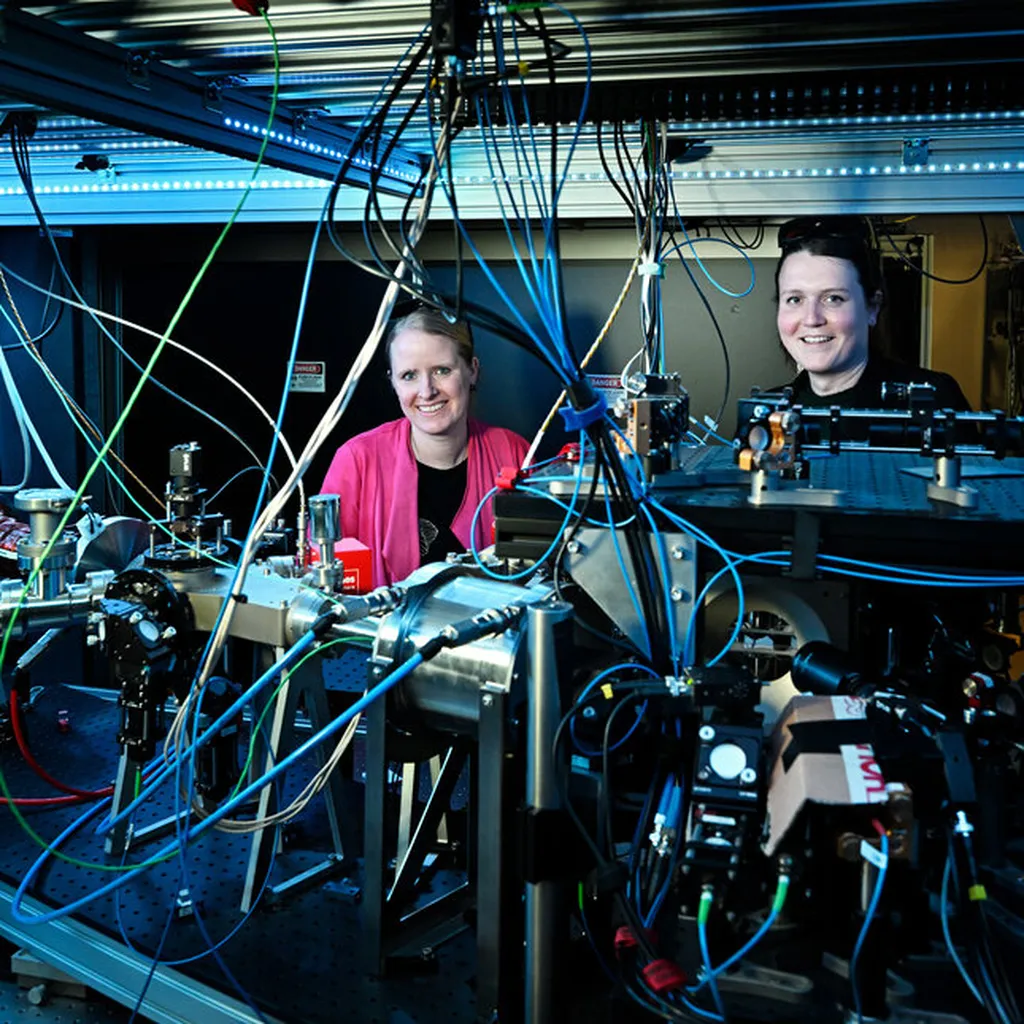In a significant stride towards advancing quantum technologies, researchers from Eindhoven University of Technology have unveiled new insights into the structural and electrical properties of SnTe nanoflakes and nanowires. This research, led by Mathijs G C Mientjes, opens doors to potential applications in fault-tolerant quantum computing and could have profound implications for the energy sector.
SnTe, a topological crystalline insulator, has long been recognized for its unique properties. It hosts topologically non-trivial surface states, which are crucial for quantum computing. However, the high bulk carrier density in SnTe has posed challenges in distinguishing these surface states from trivial bulk conductance. This is where the recent findings come into play.
The team measured the carrier density in SnTe nanoflakes and nanowires using the Hall effect. “We found that nanoflakes, which are easier to fabricate into devices, exhibit carrier densities and mobilities comparable to those of nanowires grown under identical conditions,” Mientjes explained. This discovery suggests that nanoflakes can serve as reliable proxies for probing the electronic properties of nanowires, simplifying the fabrication process significantly.
The research also presents a growth model that explains the formation mechanism of SnTe nanoflakes and nanowires. This model could pave the way for systematic tuning of carrier density through growth parameter optimization, a critical step towards practical applications.
The implications of this research extend beyond the realm of quantum computing. In the energy sector, the ability to control and manipulate electronic properties at the nanoscale could lead to more efficient energy storage and conversion devices. For instance, the development of advanced batteries and solar cells could benefit from the enhanced understanding of nanoscale electronic properties.
“This work provides a foundation for future developments in the field,” Mientjes noted. By offering a clearer path to optimizing the electronic properties of SnTe, the research could accelerate the development of next-generation technologies that rely on topological materials.
Published in the journal ‘Materials for Quantum Technology’—translated to English as ‘Materialen voor Kwantumtechnologie’—this study marks a significant milestone in the ongoing quest to harness the power of quantum technologies. As the world continues to grapple with the challenges of energy efficiency and quantum computing, these findings offer a beacon of hope and a roadmap for future innovations.

